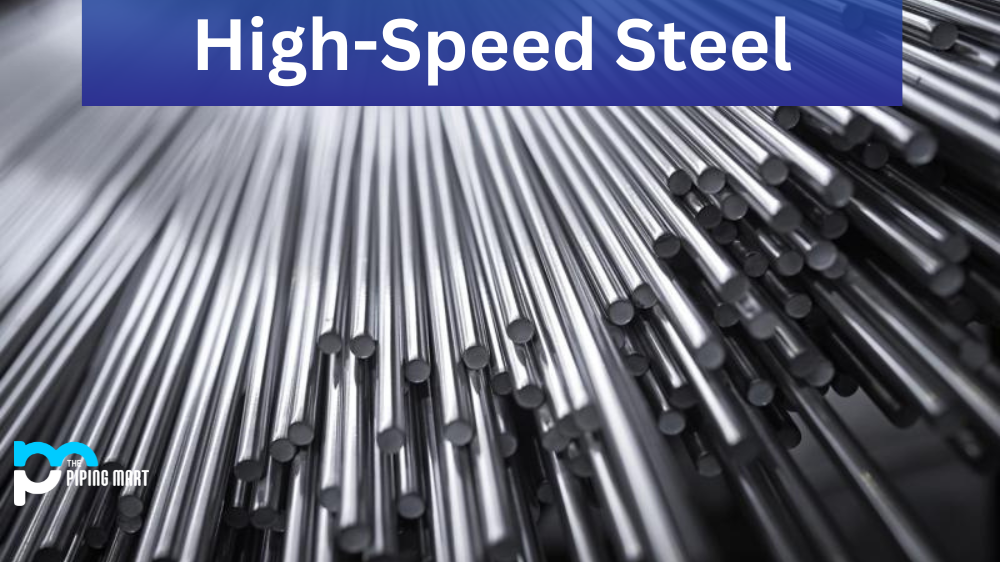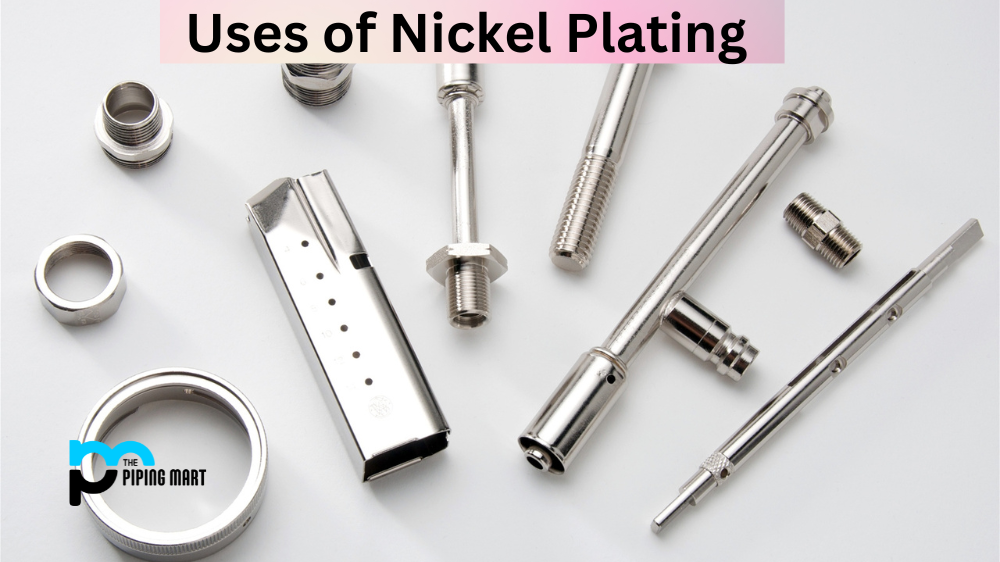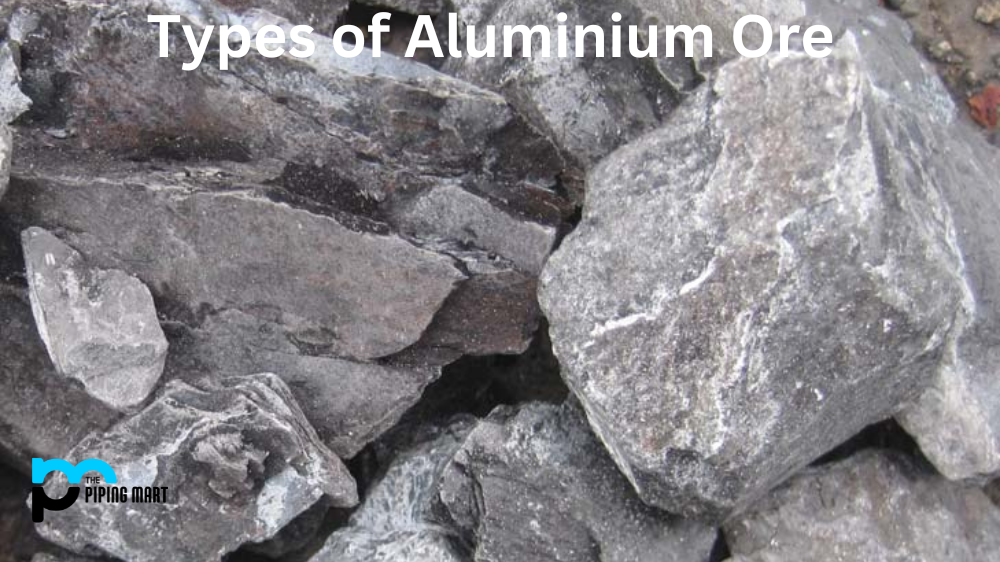High-speed steel (HSS) is an incredibly versatile material used in metalworking. It is a particular type of steel alloy designed for high speed, making it the perfect choice for many different cutting tasks. In this blog post, we’ll cover the basics of HSS—including its composition, advantages, and applications—so you can better understand how it works and when it’s the ideal material for your needs.
What Is High-Speed Steel?
High-speed steel (HSS) is an iron alloy containing tungsten, chromium, molybdenum, and vanadium. It is known as a “superalloy,” meaning it can withstand extreme temperatures without losing its strength or hardness. This makes it perfect for high-temperature welding and machining operations. The unique combination of elements in HSS gives it higher wear resistance than other alloys. This allows tools made from HSS to last longer than conventional steels.
Advantages of Using High-Speed Steel
The main advantage of using HSS is its ability to retain its sharpness at high speeds. This means that tools made from HSS are much more effective at cutting through hard materials than traditional steel ones. As mentioned above, HSS also has higher wear resistance, so tools will remain sharper for longer before they need to be sharpened or replaced. Also, because HSS contains molybdenum and vanadium, it has superior corrosion resistance to regular carbon steel alloys.
High-Speed Steel Uses
High-speed steel is most commonly used for cutting tools such as drill bits, end mills, taps and reamers because these tools require sharp edges that can stand up to frequent contact with hard materials like metal or stone. It’s also used in saw blades because the added durability makes them more effective at cutting through tough materials like wood or plastic laminate. Finally, HSS is often used in cold forming dies because its superior wear resistance helps prolong the life of the die while still providing accurate results with each use.
Conclusion:
High-speed steel (HSS) offers many advantages over traditional carbon steel in terms of durability and versatility. Its unique composition allows it to retain its sharpness even when subjected to extreme temperatures or pressures, making it ideal for high-speed machining operations where accuracy is paramount. Additionally, its superior wear and corrosion resistance properties compared to regular carbon steel alloys make HSS ideal for cutting tools such as drill bits, taps reamers, saw blades, and cold forming dies, where accuracy and longevity are important factors when choosing a suitable material. With so many benefits, it’s no wonder why high-speed steel has become the go-to choice among metalworker fabricators and machinists.

A passionate metal industry expert and blogger. With over 5 years of experience in the field, Palak brings a wealth of knowledge and insight to her writing. Whether discussing the latest trends in the metal industry or sharing tips, she is dedicated to helping others succeed in the metal industry.




